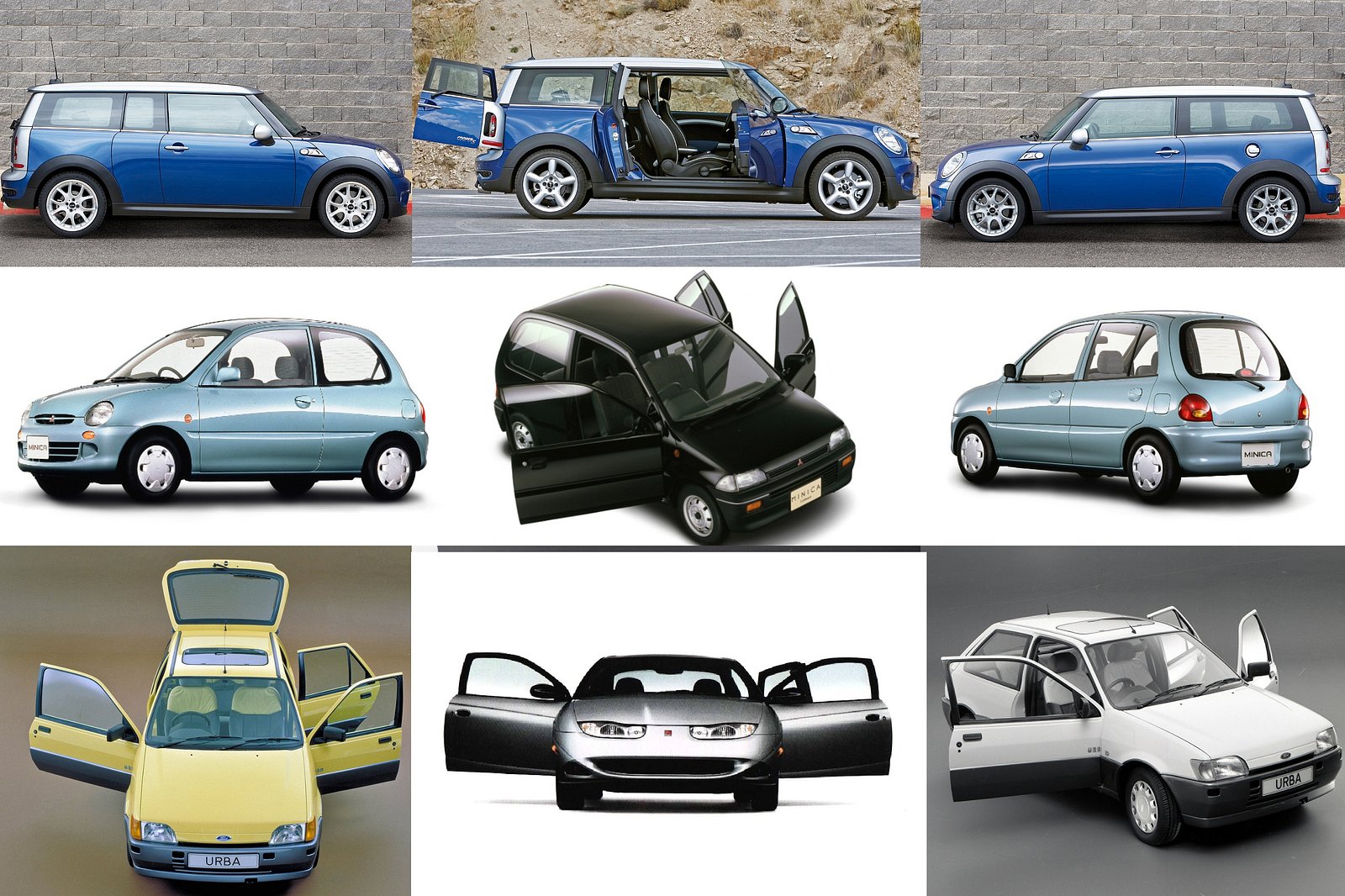
Produced from 2011 until 2021 (2022 for the N variant), the Hyundai Veloster is the most recent example of a three-door car, incorporating elements of a coupe and hatchback to blend style and practicality. Debuting in 2011 at the Detroit Auto Show, the first-generation Veloster came with a 138-horsepower, 1.6-liter four-cylinder engine paired with a six-speed manual or six-speed paddle-shifter transmission. A “Veloster Turbo” version was also available, with a 201-hp, 1.6-liter turbocharged engine.
In 2018, the second generation of the Veloster made its debut, retaining the three-door layout that had made the first so unusual. Both the base Veloster and the Veloster Premium version came with a 147-hp, 2.0-liter four-cylinder engine. Three turbocharged versions (the Turbo R-Spec, Turbo, and Turbo Ultimate) were also available, with a 201-hp, 1.6-liter engine. The arrival of the second generation coincided with the Veloster’s high-performance sibling, the Veloster N, which was the first car from Hyundai’s N division to be sold in North America.
So, why does the Veloster have three doors? Hyundai never really provided an official explanation, but there are two likely reasons: driver convenience (the lack of a B-pillar means better visibility) and safety (rear-seat passengers could avoid exiting the vehicle into oncoming traffic).

